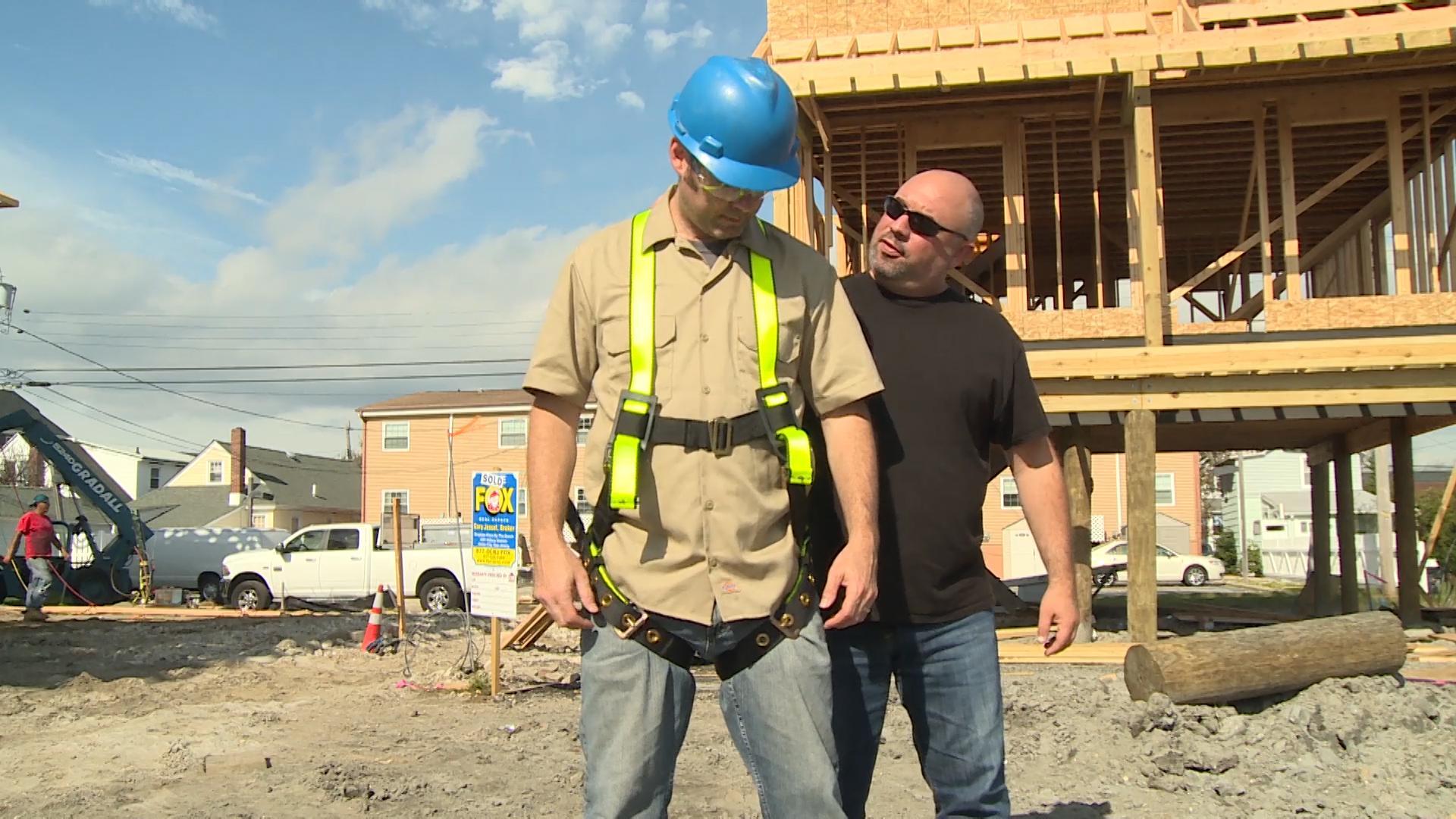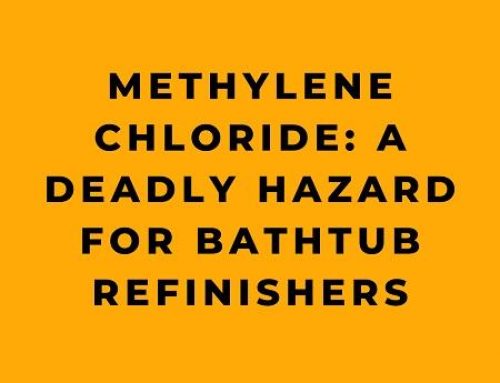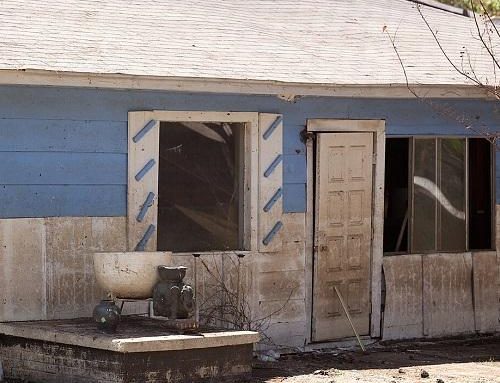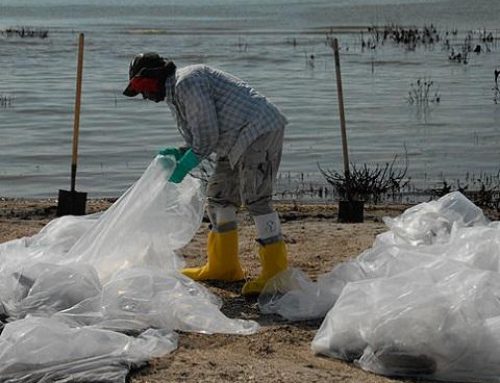Personal protective equipment, or PPE, is an essential aspect of safety in construction environments, where workers are often exposed to a variety of hazards and risks. It’s important for businesses in construction environments to understand the importance of PPE and to implement appropriate policies and procedures to ensure that workers have access to the appropriate gear.
Here are ten important tips for personal protective equipment in construction environments:
- Understand the hazards associated with your workplace. Identify the hazards and risks associated with your workplace, such as chemical, physical, and biological hazards, to determine the appropriate PPE for each task.
- Develop a written PPE program. Develop a written PPE program that includes information on the hazards and risks associated with your workplace, as well as the PPE that should be worn for each task.
- Provide appropriate training. Provide workers with appropriate training on PPE, including how to select, use, and maintain PPE, and how to report incidents and injuries.
- Use the right PPE for the job. Make sure to use the right PPE for the job, taking into account the hazards and risks associated with each task, to provide the appropriate level of protection.
- Inspect PPE before use. Before using PPE, inspect it to make sure that it is in good working condition and free of defects or damage.
- Follow the manufacturer’s instructions and guidelines. Proper use of PPE is essential for preventing accidents and injuries, so make sure to follow the manufacturer’s instructions and guidelines for each type of PPE.
- Implement a system for reporting incidents and injuries. Implement a system for workers to report incidents and injuries involving PPE, so that appropriate action can be taken to prevent future incidents and to protect workers.
- Conduct regular safety inspections. Conduct regular safety inspections of the workplace to identify potential hazards and risks, and take appropriate action to address any issues that are identified.
- Update PPE policies and procedures regularly. Review and update PPE policies and procedures on a regular basis to ensure that they remain effective and relevant.
- Work with a safety consultant. Consider working with a safety consultant to develop and implement effective PPE policies and procedures, and to provide training and support for workers.
By following these tips and implementing appropriate PPE measures, businesses in construction environments can create a safer work environment and protect their workers from accidents and injuries.
Do you need Online Construction Safety Training?
Try a free demonstration of Personal Protective Equipment in Construction










